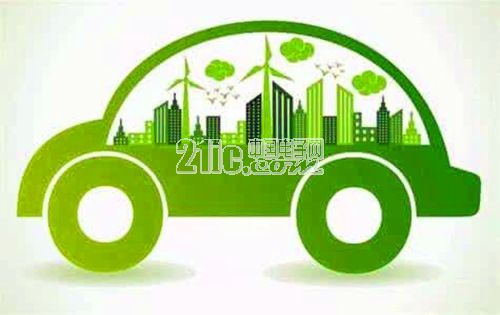The new energy vehicle market is "breaking winter," but challenges still remain. After a brief downturn, China's new energy vehicle sales have returned to a high growth trajectory. Let’s take a closer look at the industry with our car electronics editor.

According to data from the China Association of Automobile Manufacturers, from January to June 2017, total automobile sales reached 13.354 million units, up 3.8% year-on-year. However, the growth rate slowed compared to the same period in the previous year. In contrast, new energy vehicle sales continued to rise sharply. In June alone, new energy vehicle sales hit 59,000 units, a 33% increase from the same month in 2016. Pure electric vehicles accounted for the majority, with 48,000 units sold, up 41.4%. Plug-in hybrid models saw 11,000 units sold, an increase of 5.3%.
From January to June, total new energy vehicle sales reached 195,000 units, up 14.4% year-on-year. Among them, pure electric passenger cars made up 68% of the total, while plug-in hybrids took 16%, and pure electric and plug-in hybrid commercial vehicles accounted for 14% and 2%, respectively.
Several listed companies have also reported strong performance, confirming the rapid growth of the new energy industry. For example, one lithium battery equipment manufacturer predicted net profit for the first half of 2017 would be between 162 million and 190 million yuan, a 70% to 100% increase from the previous year. This growth was driven by increased demand for lithium battery equipment, as the company expanded its customer base and improved production efficiency.
Another company, Yiwei Lithium Energy, also projected a 50% to 70% increase in net profit, mainly due to the strong growth of its new energy vehicle battery business. Additionally, the lithium primary battery segment benefited from emerging markets such as automotive electronics and the sharing economy.
Some research institutions suggest that despite potential policy changes next year, new energy vehicle sales are expected to grow significantly in the second half of 2017. With increasing consumer acceptance, the growth of pure electric passenger vehicles looks more certain.
A recent report from Shen Wanhongyuan highlighted that global new energy vehicle sales could reach over 90 million units annually. Domestic leaders have the opportunity to enter the global supply chain and benefit from the fast-growing market. Even if domestic targets are conservative, by 2020, China’s new energy vehicles may only account for 2% of global sales—still a promising sector.
As the industry matures and battery prices drop, the launch of models like Tesla’s Model 3 and other global plug-in options could make new energy vehicles accessible to a broader audience. The industry is shifting from policy-driven growth to a model that combines policy support with mature technologies.
In recent years, the new energy vehicle industry has seen rapid development across various sectors, including manufacturing, auto parts, after-sales services, and car-sharing. However, sustained high growth has brought hidden concerns.
One major issue is whether the industry will face overcapacity. Traditional automakers have set ambitious targets, with nine independent companies planning to sell nearly 4 million new energy vehicles by 2020—far exceeding the original goal of 2 million units. This raises questions about long-term sustainability.
Additionally, there is concern that too many players entering the market may lead to fierce competition, and only a few will survive. Some companies focus on creating concepts rather than delivering real products, launching cars without proper preparation or technological foundation. Developing a car requires not just capital, but also time, technology, and skilled personnel—often taking over 30 months.
Another challenge is the lack of international vision and core technologies. While many companies are investing heavily, few have developed leading technologies or innovative business models that can shape the future of the industry.
Competition is also intensifying, especially with foreign automakers entering the Chinese market through joint ventures. With projects like Jianghuai and Volkswagen’s electric vehicle collaboration, international brands are gaining a foothold. This poses a challenge for local manufacturers, as global brands are expected to flood the market before or after 2020.
For local companies, the key now is to build strong technological foundations, reduce reliance on subsidies, and leverage their early-mover advantage. Companies like BYD and CATL have already shown strength in the lithium-ion battery market, positioning themselves as leaders in the industry.
While the new energy vehicle market is showing signs of recovery, it still faces many uncertainties. As the industry evolves, the focus must shift from short-term gains to long-term innovation and sustainable growth.
Stay tuned for more updates on the latest developments in the automotive electronics and new energy vehicle sectors. We’ll keep you informed with detailed and timely information.
Photovoltaic Installation Tools
Pv Testers,Photovoltaic Installation Tools,Photovoltaic Tester,Solar Pv Tester
Sowell Electric CO., LTD. , https://www.sowellsolar.com